Photos: Hubble's Successor, the James Webb Space Telescope
Hubble's Scion
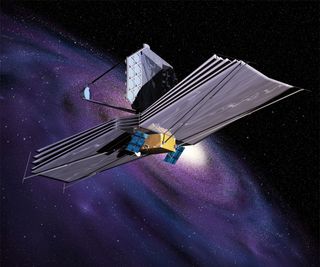
Artist's depiction of NASA's $8.8 billion James Webb Space Telescope, which is scheduled to launch in 2018.
Gold Rush

In September 2011 engineers completed coating of James Webb's 21 mirror segments with microscopic layers of gold.
New Views
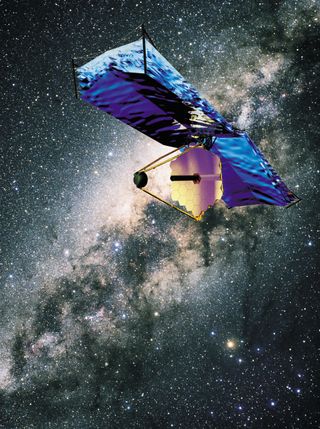
The James Webb Space Telescope will offer unprecedented views of the heavens far surpassing any available with current telescopes.
Peering Through Space
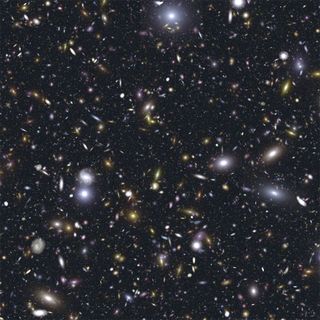
This is a simulated image of the distant universe as seen by the James Webb Space Telescope, which will improve significantly on existing observatories.
Scanning the Skies
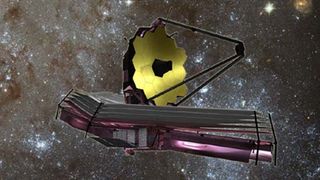
JWST will study every phase in the history of our universe, from the first luminous glows after the Big Bang, to the formation of solar systems capable of supporting life on planets like Earth.
Test Chamber
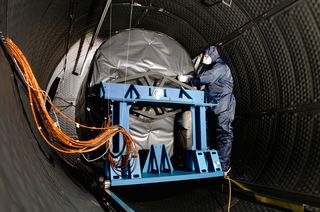
The Mid-InfraRed Instrument (MIRI) on board the James Webb Space Telescope will be used by astronomers to study faint comets circling the Sun, newly born faraway planets, regions of obscured star formation, and galaxies near the edge of the universe. It must work at extremely low temperatures, of just 7 K above absolute zero or -266 °C. Here, MIRI is being placed in the thermal test chamber at RAL Space, Oxfordshire, UK.
Spider Webb

Looking down at the James Webb Space Telescope, the sunshield, which is stretched out underneath the mirrors (yellow) looks like a spider web.
Get the Space.com Newsletter
Breaking space news, the latest updates on rocket launches, skywatching events and more!
Striking a Pose
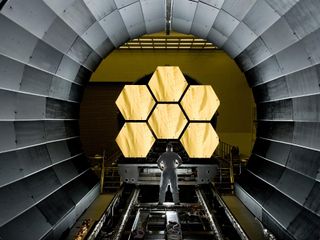
NASA engineer Ernie Wright holds a dramatic pose in front of the first six flight-ready segments of the James Webb Space Telescope's primary mirror at NASA's Marshall Space Flight Center. Engineers began final round-the-clock cryogenic testing on the mirrors before integrating them into the telescope's structure.
Shielding the Sun
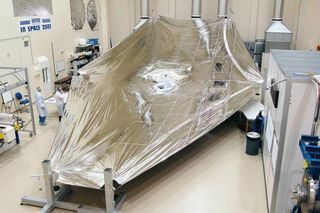
The sun shield created for the James Webb Space Telescope will reach the size of a tennis court.
Life-Size Model
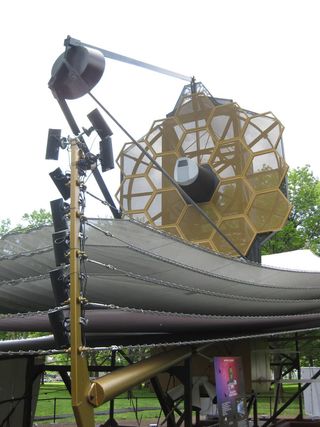
A life-size model of the James Webb Space Telescope, set to launch in 2018, was on display at New York's Battery Park in June 2010.
Acing the Test

Through a process called "Wavefront Sensing and Control," or WFSC, software aboard the James Webb Space Telescope will compute the best position for each of 18 mirrors and one secondary mirror, and then adjust the positions. Engineers used a 1/6 scale model to test the WFSC software.
Join our Space Forums to keep talking space on the latest missions, night sky and more! And if you have a news tip, correction or comment, let us know at: community@space.com.

Space.com is the premier source of space exploration, innovation and astronomy news, chronicling (and celebrating) humanity's ongoing expansion across the final frontier. Originally founded in 1999, Space.com is, and always has been, the passion of writers and editors who are space fans and also trained journalists. Our current news team consists of Editor-in-Chief Tariq Malik; Editor Hanneke Weitering, Senior Space Writer Mike Wall; Senior Writer Meghan Bartels; Senior Writer Chelsea Gohd, Senior Writer Tereza Pultarova and Staff Writer Alexander Cox, focusing on e-commerce. Senior Producer Steve Spaleta oversees our space videos, with Diana Whitcroft as our Social Media Editor.
